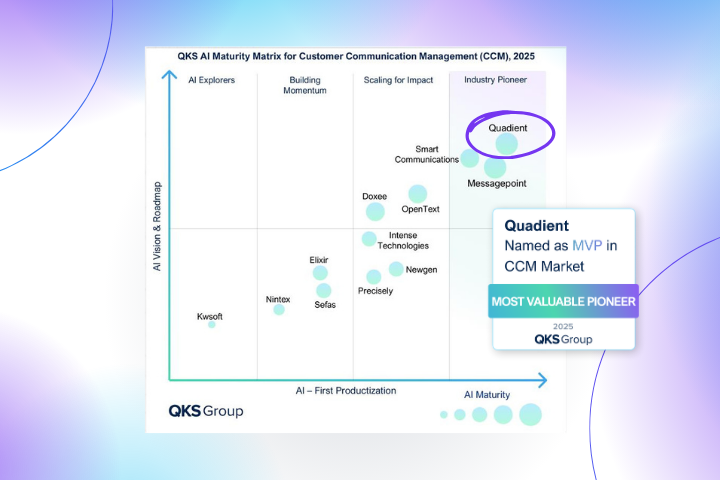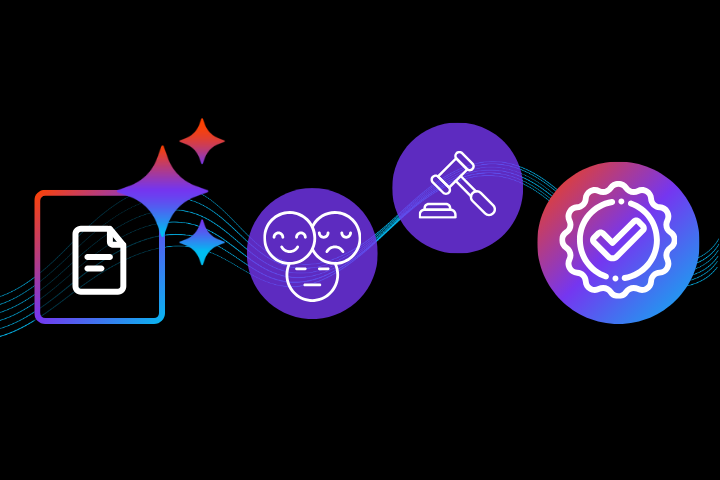
The path in which customers engage with companies is no longer a linear one —it’s constantly changing. Consumers are interacting with brands through whichever channel is most convenient in the moment, and their needs and preferences are changing constantly. These factors are resulting in a few key challenges for organizations.
Consumers are expecting organizations to:
- provide an omnichannel customer experience
- understand what it is they need
- understand the context of their decisions
To date, the majority of companies have relied on customer journey mapping in an attempt to deliver proactive, personalized experiences for each of their customers. But journey mapping alone won’t allow you to achieve this. To truly deliver a personalized customer experience, your approach to journey mapping must evolve.
Where customer journey mapping falls short
In today’s marketplace where predictive, relevant experiences are expected by consumers, the shortcomings of journey mapping have become exposed.
Yes, journey mapping provides a valuable visual guide and signpost of how to operationalize customer interactions, track sources of negative friction and pinpoint how to unite different enterprise functions around the customer. The problem is journey mapping alone doesn’t allow you to act on customer journeys in real time and in personalized ways. Without these capabilities, organizations can’t facilitate interactions, provide next best actions or enable content orchestration.
Customer journey management – the new wave
If you want to be able to respond to key consumer moments in real time and anticipate each customer’s next move, plus know which channels they are going to use and react to them with relevant content, your customer journey mapping must evolve into customer journey management.
How can you do this?
By embedding machine learning algorithms into your journey mapping process.
Machine learning algorithms will empower your organization with a new level of intelligent orchestration. They allow companies to:
- identify patterns in the customer data from different sources
- classify a customer’s behaviour to a matching persona in real time
- enable automation and intelligence through the enterprise
--Think with Google
In other words, the difference between customer journey mapping and customer journey management is that you’ll be able to predict customer needs, personalize the customer experience, synchronize multichannel interactions and deliver a synthesized omni-channel engagement.
Based on these outcomes it’s easy to understand why enterprises that integrate machine learning with their journey mapping process will hold an advantage over less forward-thinking competitors.
By employing a customer journey management approach empowered by machine learning, companies will be able to uncover the dynamics of a customer’s ‘persona’ with accuracy. With this information at their disposal organizations will be able to continuously recalculate the next best action for each customer and each moment, and allow their employees to act in the customer’s best interest.
Stay one step ahead of your competitors. Explore, in further detail, why it’s time to evolve your customer journey mapping approach. Download the whitepaper “Customer Journey Management’s Path to Optimization”.







